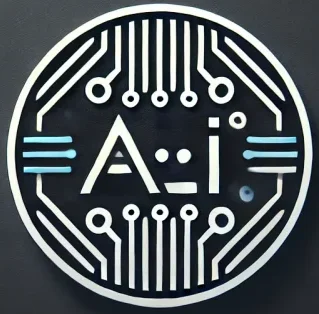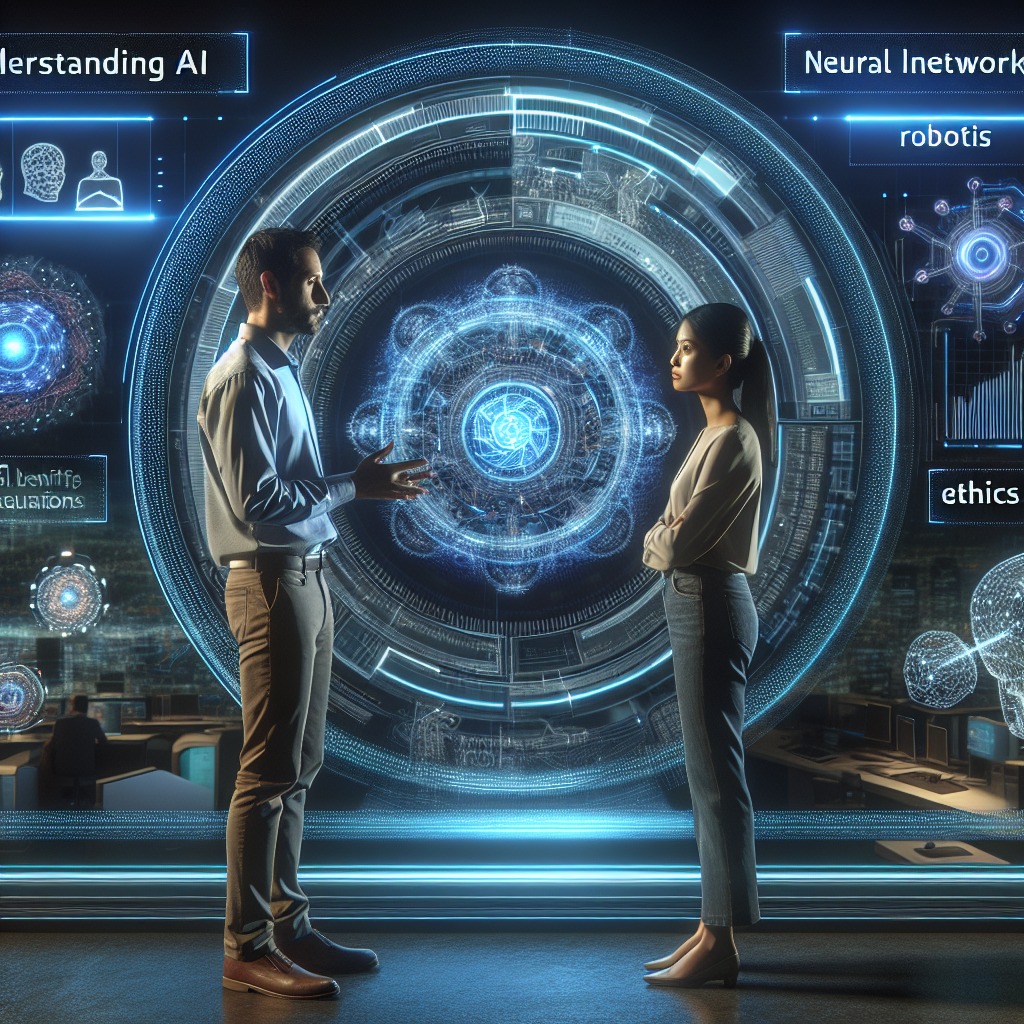### Title: Revolutionizing Industries with Generative AI: The Future is Now
### Meta Description:
Discover how Generative AI is transforming sectors from healthcare to entertainment, and what this means for future innovation.
—
### Introduction to Generative AI: A Paradigm Shift in Artificial Intelligence
Generative AI, one of the most exciting developments in the world of technology, is poised to transform a myriad of industries. This form of artificial intelligence allows machines to understand and generate new content, from text to images, and even music, based on the data fed into them. As we stand on the brink of what many are calling the next industrial revolution, it’s crucial to understand the potential and implications of Generative AI.
—
### H2: What is Generative AI?
Generative AI refers to the segment of artificial intelligence focused on creating new data and outputs that resemble original human-generated data. It’s a step beyond analytical AI, which interprets and learns from data. Here’s how it works:
– **Learning Phase**: The AI analyzes a large dataset to learn from the underlying patterns and features.
– **Generation Phase**: Using this learned information, the AI can generate new instances of data that are similar but not identical to the original data.
This ability to generate new content has vast implications, promising not only to enhance creativity but also to drive efficiency across various sectors.
—
### H3: Key Applications of Generative AI
#### In Healthcare
– **Personalized Medicine**: Tailoring treatment plans based on individual patient data.
– **Drug Discovery**: Speeding up the process of finding new drugs and predicting their interactions.
#### In Entertainment
– **Game Development**: Creating more immersive and dynamic environments.
– **Music Production**: Composing music that can adapt to the listener’s mood and preferences.
#### In Automotive
– **Autonomous Vehicles**: Improving decision-making systems in self-driving cars.
– **Design and Testing**: Simulating vehicle responses in diverse scenarios to enhance safety and performance.
—
### H3: Challenges and Ethical Considerations
While the benefits of Generative AI are substantial, there are several challenges and ethical considerations that need to be addressed:
– **Data Privacy**: Ensuring the AI systems are not misusing personal data.
– **Bias in AI**: Eliminating biases that AI systems might learn from the training data.
– **Intellectual Property**: Addressing the copyright issues related to machine-generated content.
Understanding these risks is crucial for harnessing AI’s potential responsibly and effectively.
—
### H2: Future Prospects of Generative AI
The trajectory of Generative AI suggests a future where AI partners with humans to enhance creativity and productivity. Here’s what to expect:
– **Increased Adoption**: More industries will adopt this technology as its potential is more widely recognized.
– **Advanced Personalization**: From marketing to product design, personalization will reach new heights.
– **Collaborative AI**: We will see an increase in systems where AI collaborates with humans in real-time.
The integration of Generative AI into daily business processes and personal applications will likely become seamless and ubiquitous.
—
### Conclusion: Embracing the Future with Generative AI
Generative AI is not just a technological advancement; it is a transformative force that is reshaping how we conceive of and interact with machines. From creating new forms of entertainment to personalizing medical treatments, the possibilities are endless. As we move forward, embracing this technology will be key to unlocking new realms of innovation and efficiency.
### Call to Action:
Are you ready to explore how Generative AI can benefit your business or project? Contact us today to learn more about integrating advanced AI solutions and stay ahead in the game of innovation. Join us in paving the way towards a smarter, more creative future.
For more insights, check out our latest AI blog posts.

